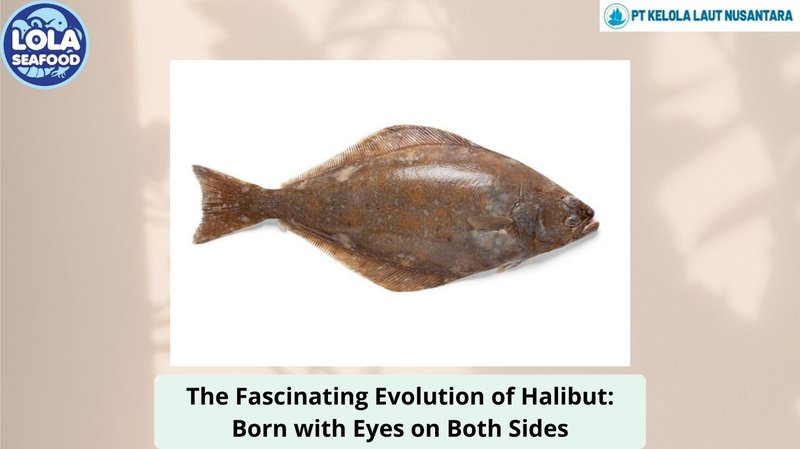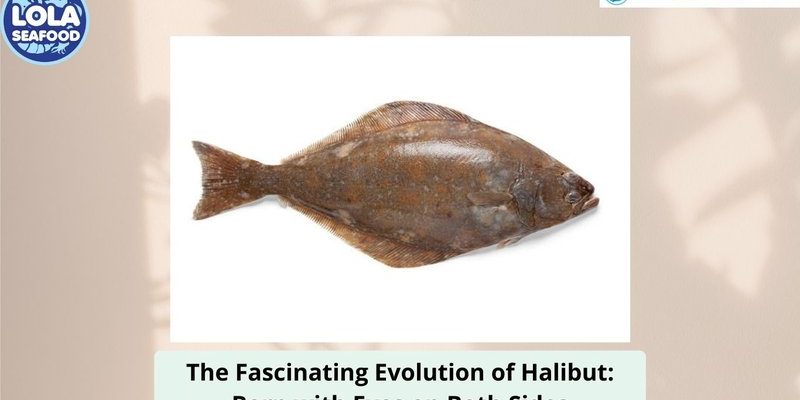
Halibuts are not just any fish. They belong to a larger family and have some intriguing characteristics that set them apart. With a body structure that’s flat and a lifestyle that seems to almost defy gravity, these creatures have a lot more going on beneath the surface. Understanding their evolutionary journey sheds light on their unique adaptations and, ultimately, helps us appreciate them more—both in nature and on our plates.
What Are Halibuts?
Halibuts belong to the family of flatfish, which also includes species like flounders and sole. These fish are known for their distinct, flattened bodies and unique way of swimming. Instead of swimming vertically like most fish, halibuts glide along the ocean floor, thanks to their sideways body shape.
This distinctive shape isn’t just for looks; it’s a clever adaptation. The flat, camouflaged body helps them hide from predators and sneak up on their prey, which includes everything from tiny crustaceans to other fish. Imagine lying flat in the sand, waiting for dinner to come to you—this is how a halibut spends much of its life.
Halibuts can grow quite large, often weighing over 500 pounds and reaching lengths of up to 8 feet. This size gives them a commanding presence, whether you encounter them in the wild or at a fish market. But how did they evolve to become such impressive creatures?
The Early Ancestors of Halibut
Let’s rewind the clock. Halibuts have a rich lineage that dates back to when their ancestors swam in the oceans, around 50 million years ago. The early flatfish are said to have had a more typical fish shape, similar to what we think of today. But over millions of years, changes began to occur.
One fascinating aspect of this evolution is something called *asymmetry*. Early flatfish are believed to have gradually developed a flattened body and shifted one eye to the other side of their head. This shift allowed them to better blend in with the ocean floor while keeping an eye out for dangers above. Imagine how challenging it would be to adapt to such a drastic change; yet, those who could, thrived.
This evolutionary journey is a testament to nature’s ingenuity. Through gradual adaptations, halibuts learned to navigate their environment in a way that maximizes their survival. These changes didn’t happen overnight; it took countless generations to refine their traits and behaviors.
Adaptations to Life on the Ocean Floor
Life on the ocean floor lays out a unique set of challenges. To thrive in this environment, halibuts developed remarkable adaptations. First and foremost, their flattened bodies allow them to camouflage perfectly against sandy or muddy ocean beds. This disguise protects them from predators and lets them surprise their prey.
Another adaptation is their feeding strategy. Halibuts are ambush predators, which means they lie in wait for unsuspecting fish to swim by. Their mouths are large, allowing them to gulp down prey quickly and efficiently. Think of them like nature’s stealthy hunters.
Their coloration also varies widely, ranging from browns and greens to lighter shades, helping them blend in with their surroundings. This ability to change color and pattern is crucial for their survival. In a world where visibility can mean life or death, halibuts have mastered the art of being unseen—much like a skilled magician performing a disappearing act.
The Role of Halibut in Marine Ecosystems
Halibuts play a significant role in marine ecosystems. As top predators, they help maintain the balance of the food chain. By controlling the populations of smaller fish and other marine life, they ensure a healthy ecosystem. It’s a classic case of the circle of life—every species has its place and purpose.
Moreover, halibuts are also prey for larger marine animals like sharks and orcas. This relationship highlights the interconnectedness of ocean life. The more we understand about halibuts, the more we realize how critical they are to the health of the ocean.
Their presence also reflects the overall health of marine environments. When halibut populations decline, it can signal larger ecological issues, such as overfishing or pollution. This connection underscores the importance of sustainable fishing practices and conservation efforts.
Human Interaction and Fishing Practices
Humans have interacted with halibuts for centuries, primarily through fishing. These fish are considered a delicacy, often sought after in restaurants and home kitchens. But with demand comes responsibility. Overfishing has impacted halibut populations, leading to calls for sustainable practices.
Fishing methods have evolved, too. Today, many fishers use techniques that minimize environmental impact, such as selective gear that targets the right species while reducing bycatch. Think of it as fishing smarter, not harder.
Additionally, regulations have been put in place to manage halibut fisheries. These laws help ensure halibut populations remain healthy and can reproduce effectively. By supporting sustainable fishing, we can enjoy halibuts while protecting their future.
Conservation Efforts for Halibut
Conservation is vital to the survival of halibuts. As the ocean environment changes, whether due to climate change, pollution, or fishing pressures, halibuts face new challenges. This is where conservation efforts come in, aiming to protect habitats and manage fish populations responsibly.
Organizations worldwide are working to restore halibut populations through various means, such as habitat restoration and scientific research. These initiatives help ensure that halibuts can thrive in their natural environments for generations to come.
You might also wonder how you can help. Supporting sustainable seafood choices, reducing plastic use, and advocating for clean oceans are all ways individuals can contribute to the conservation of halibuts and other marine life. It’s all about working together to protect our oceans—because every little bit counts.
The Future of Halibuts
So, what does the future hold for halibuts? As we look ahead, it’s clear that understanding their evolutionary journey is crucial. Climate change, habitat degradation, and overfishing all pose threats to their survival. However, the more we know, the better equipped we are to protect them.
Research continues into the biology and behavior of halibuts, helping us learn how to best manage their populations. Innovations in sustainable fishing technology also show promise for reducing the impact on halibuts and their habitats.
Ultimately, the future of halibuts rests in our hands. By supporting conservation efforts and making responsible choices, we can help ensure this remarkable species continues to thrive.
As we wrap up this exploration of halibut’s evolution and current challenges, remember that everything ties back to us—our choices today shape the oceans of tomorrow. Whether you enjoy halibut at your next meal or just appreciate them from afar, understanding their journey adds another layer of connection to these incredible creatures.

